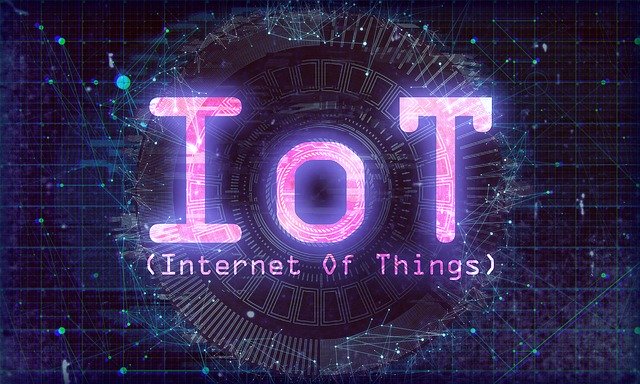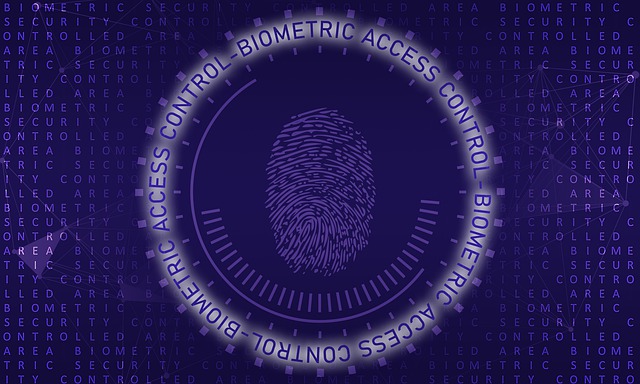Cyber crime has been ever prevalent in the previous year and continues to plague businesses and consumer markets. One of the prevalent trends in the prevention of cyber crime was identity management. Technologies like artificial intelligence (AI), big data and bio-metrics have contributed significantly towards fighting fraud. AI alone has enabled the development of better and more effective security systems in organizations across the world. Some trends in the cyber-security for this year include;
IoT Security
The Internet of Things or IoT is a market with endless opportunities. Every business, these days is trying to incorporate IoT endpoints in its products and services. In order to develop smart systems for consumers, businesses are increasingly investing in such technology that lends more connectivity to their systems. However, the increased number of IoT endpoints has made consumer information equally vulnerable. A lot of the smart devices that we use these days have security loopholes that make the information fed to them prone to cyber attacks. To counter this problem, organizations must protect their software and customer information.
It is necessary for the businesses using IoT technologies to use DDoS protection software and other security tools to protect vulnerable endpoints in their systems. Malware protection software, however, cannot secure such systems alone. IT teams in companies need to take care of every endpoint in the IoT system to make sure all the data that passes through it is secure.

GDPR Compliance
Regulatory bodies and governments across the world are becoming more interested in protecting user data and ensuring every business does the same. These measures have been prompted by many security breaches that have been unearthed in the past couple of years in certain financial institutions. In the wake of these breaches, regulations have become more stringent for companies that deal with high volumes of consumer data. GDPR is one of these regulations that require companies to protect their clients/customers (EU citizens) information and adhere to certain privacy rules.
Also Read: Cloud Security terms

This includes transactions that occur within the EU and other information that is shared by the customers. Companies are now increasingly opting for technologies that can help them implement and enact GDPR and other compliance regulations.
Increase in Biometric Security Systems
Businesses are increasingly opting for bio-metric security systems that prove to be more secure and harder to trick. Authentication procedures like passwords, two-factor authentication and KBA have proven to be insecure and easy to spoof. Initially, people were reluctant to link their fingerprint or facial scans to their data. But as smartphones have brought the bio-metric technology into the mainstream, people are increasingly getting used to the idea of bio-metric security.
Businesses are now increasingly using identity verification services to verify users to decrease incidents of identity theft and credit card fraud. They are now able to catch fake IDs with identity verification that use document scans and facial recognition software to authenticate users. Bio metrics will certainly increase the effectiveness of security systems for companies and will allow them to improve their cyber-security systems.

Also check: Upcoming technologies and trends

